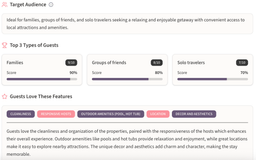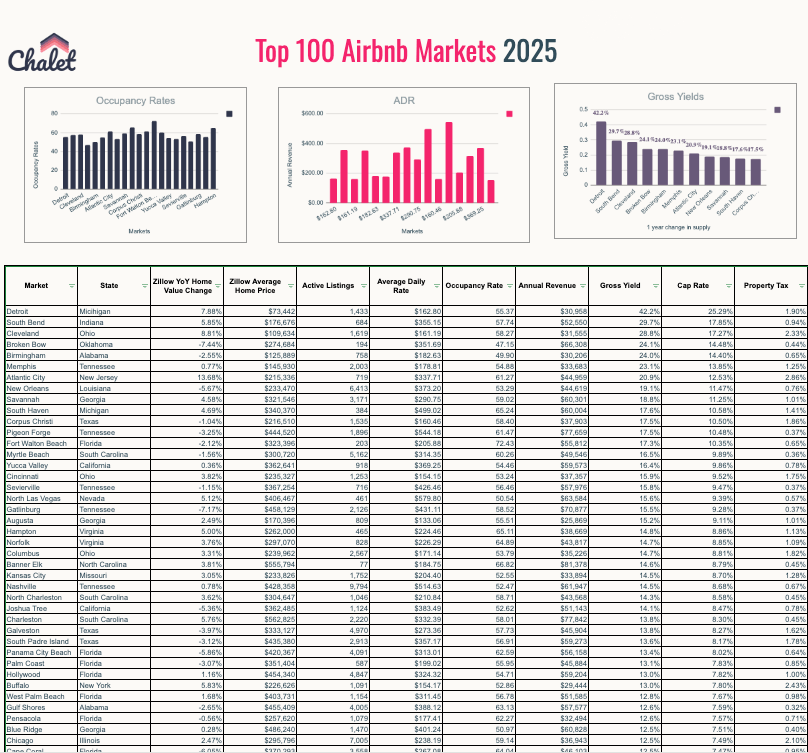Written by: Ashley Durmo
With Donald Trump securing another term in the White House, the question looms: How will his administration’s policies shape the U.S. housing market? The anticipated lower interest rates, deregulation in housing development, and other supply-side strategies may bring relief for homebuyers and developers but come with mixed implications for the short-term rental (STR) market.
Lower Interest Rates and Home Affordability: A Boost for STR Investors?
For years, rising prices and high mortgage rates have prevented many Americans from entering the housing market. Trump’s administration has signaled a focus on lowering interest rates, which, as financial literacy expert Alex Beene told Newsweek, “have become one of the most significant barriers to homeownership in the post-pandemic years.”
A drop in mortgage rates would mean cheaper financing, which could make buying properties more affordable for STR investors, encouraging them to expand their portfolios.
But lower rates may also drive more people toward homeownership, competing with buyers for the limited inventory. This demand could result in price increases for existing homes, which Realtor.com Chief Economist Danielle Hale noted as a common outcome when rates fall. For STR investors, rising property values could enhance their investments’ long-term appreciation but may make acquiring new properties more challenging due to higher costs.
Easing Housing Regulations: Mixed Implications for the STR Market
Trump’s campaign promised to address “unnecessary” housing regulations, citing that these can add over $90,000 to the cost of new home construction. As Newsweek highlighted, deregulating housing development could benefit supply by incentivizing new builds and opening up federal lands. For STR investors, reduced regulatory constraints could mean a wave of new housing that increases inventory and rental options, particularly in popular vacation or emerging STR markets.
Yet, the potential for increased housing supply might introduce competition that tempers long-term price appreciation. While STR owners benefit from property value growth, rapid new construction in key areas could slow the appreciation of existing STR properties, particularly in high-demand regions where STRs have become popular alternatives to hotels.







